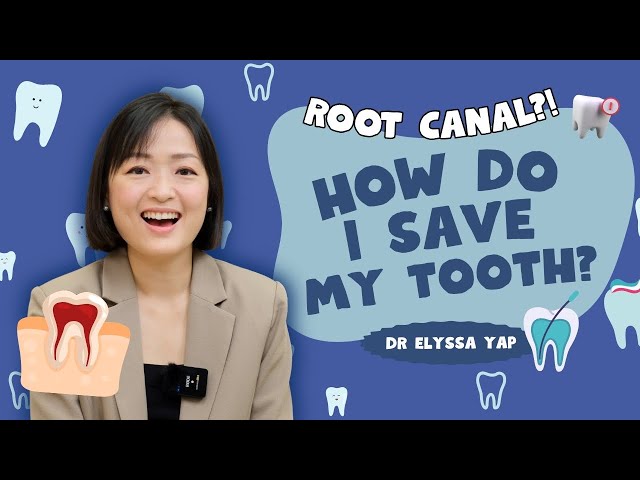About The Video
Dr. Dustin from Dental Designs Clinic explains why teeth move after braces or aligners. Using easy-to-understand analogies, he explains how the elastic fibers around your teeth behave like rubber bands, pulling them back to their original positions after orthodontic treatment. Retainers play a crucial role in maintaining your new smile while your gums and bone slowly adapt to the new alignment.
Explore the two main types of retainers: fixed and removable retainers with Dr Dustin and understand their pros and cons. Learn practical tips on how to care for your retainers, including why you shouldn’t use toothpaste to clean them. Dr Dustin shares how to clean them properly, and why pets are strangely attracted to them! Whether you’ve had braces or Invisalign, this is a must-watch if you want to keep your teeth from shifting back.
Many people assume that once their braces come off, their teeth will remain aligned forever. However, teeth have a natural tendency to shift due to elastic fibers in the gums that remember their original positions. Without a retainer, these fibers slowly pull the teeth back over time. That’s why orthodontists emphasise wearing retainers consistently after treatment.
There are two main types of retainers: fixed and removable. Fixed retainers are bonded behind the teeth and offer continuous support, but they require careful cleaning. Removable retainers are easier to clean but depend on patient compliance. Both play a vital role in long-term results. Proper retainer care is equally important. Avoid using toothpaste, as it can scratch the surface and trap bacteria. Instead, clean with mild soap and soak them weekly using cleaning crystals. A little maintenance goes a long way in protecting your investment in your smile.


-1.png)
-1.png)

-Oct-07-2025-03-49-18-4646-AM.png)